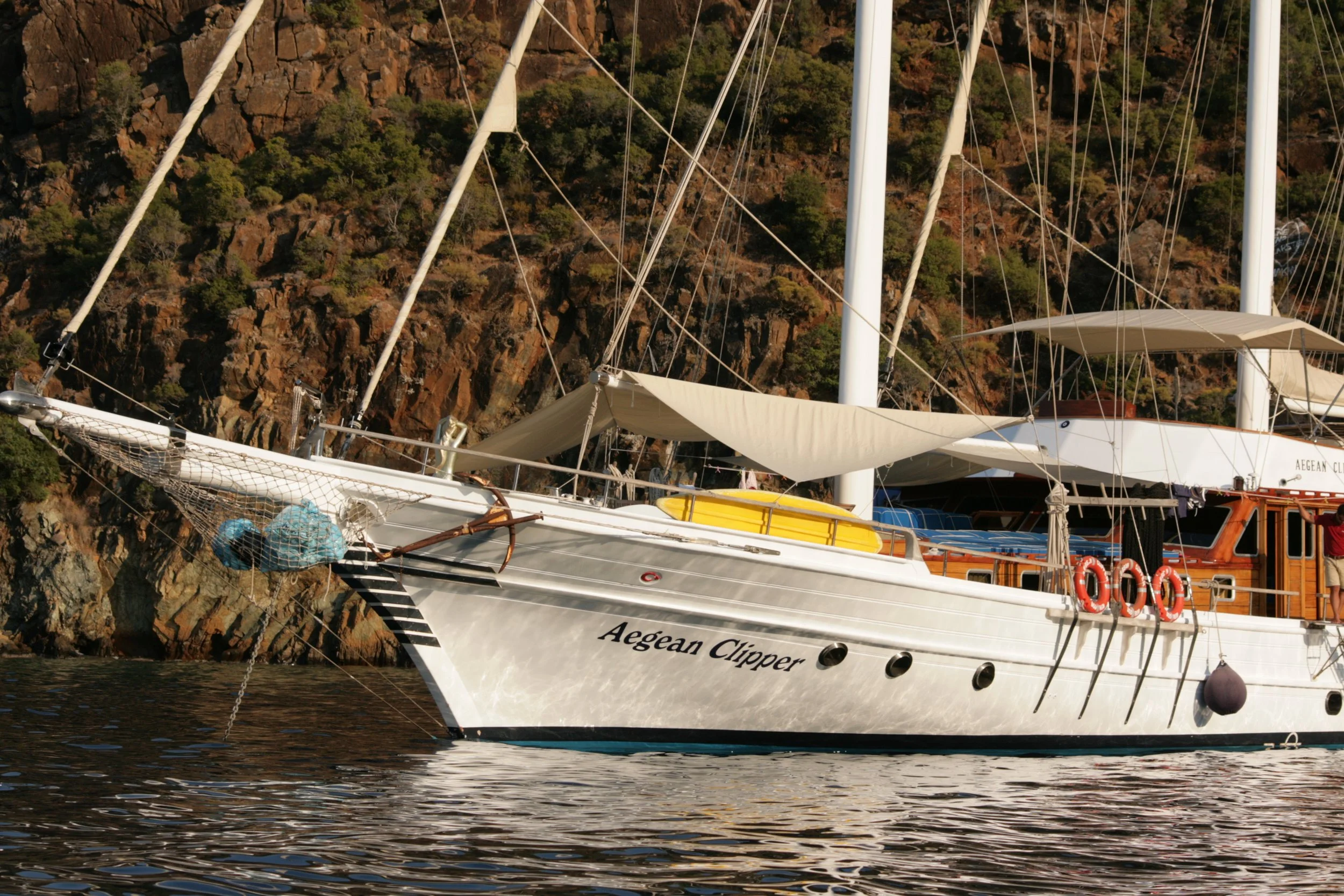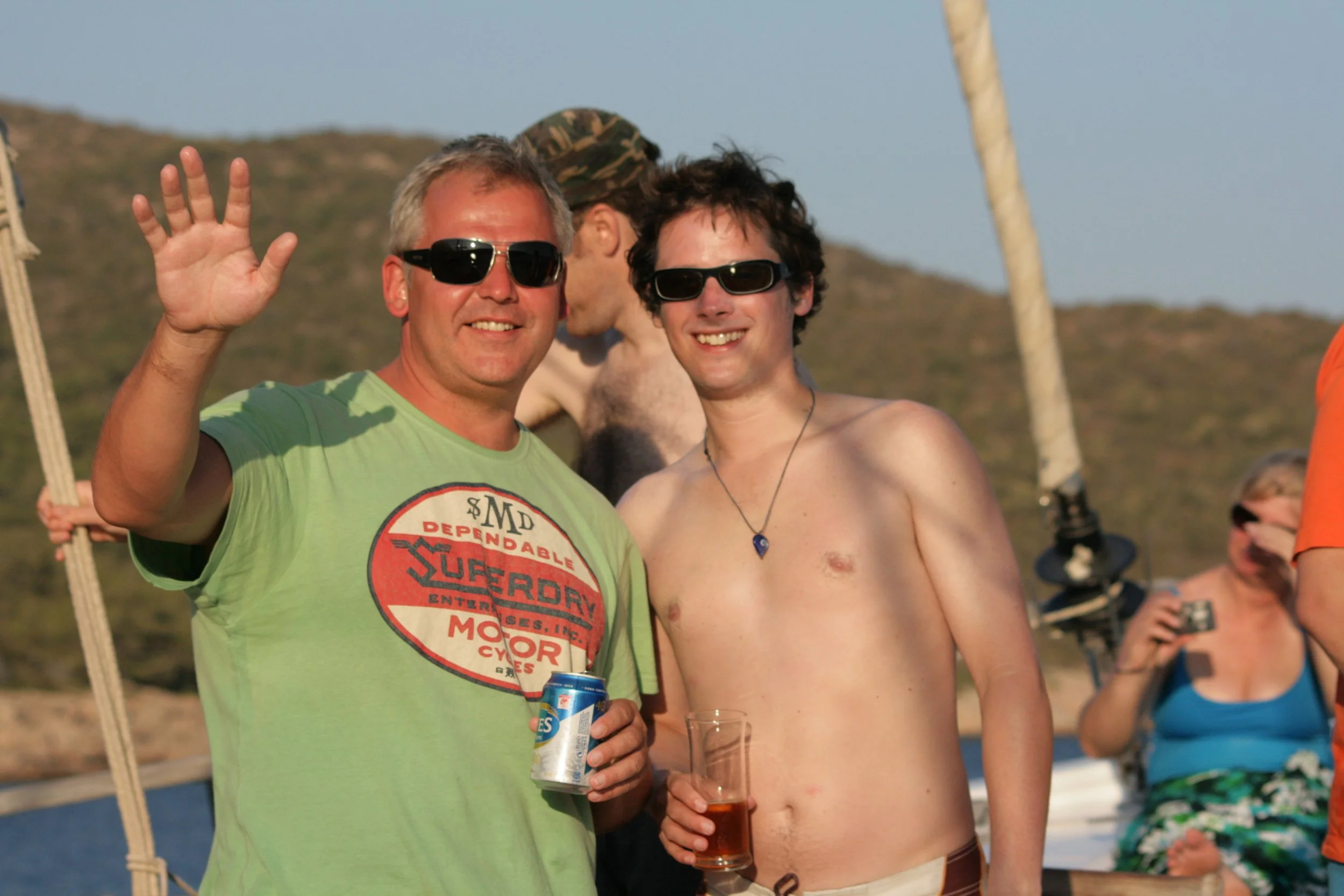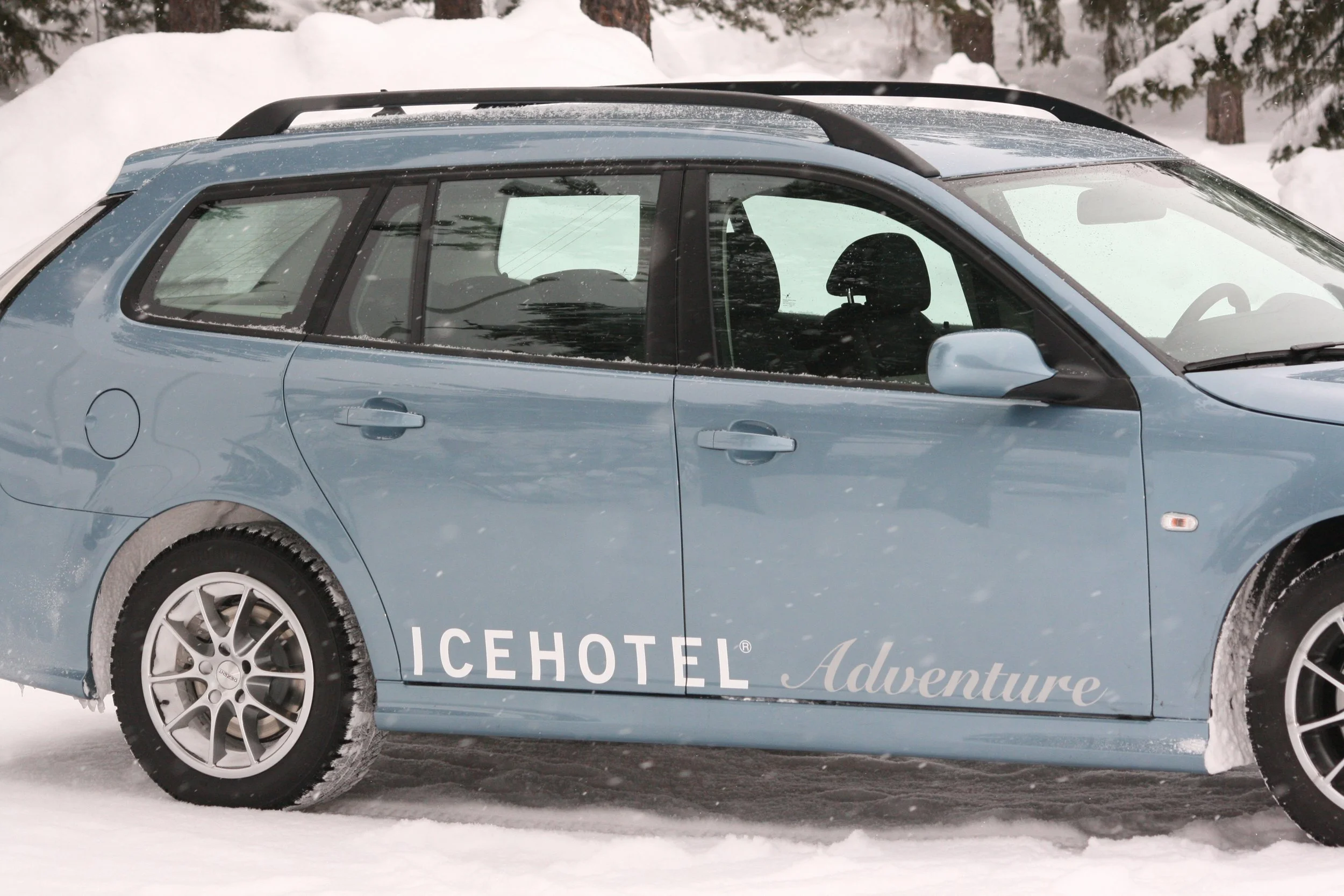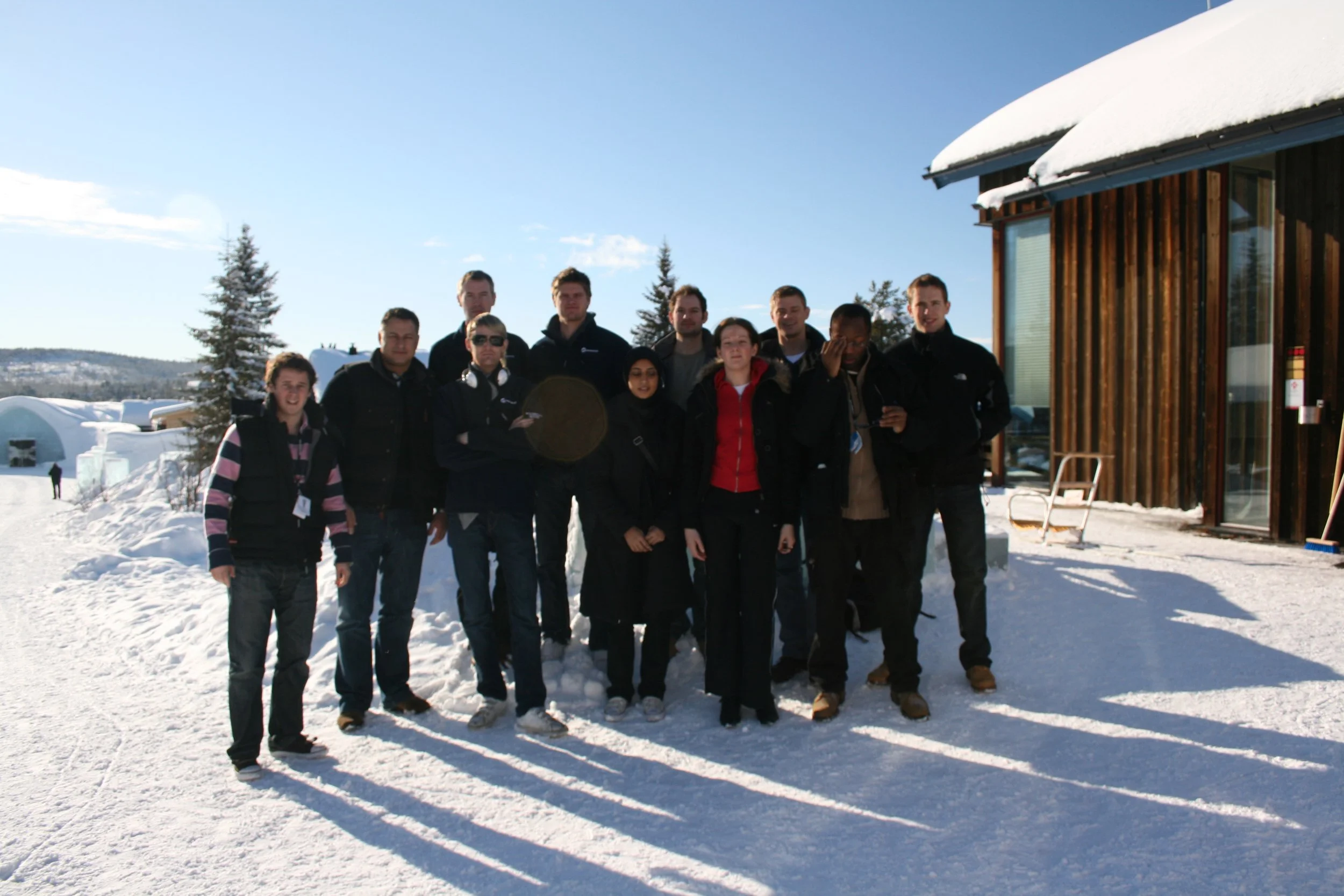7 ways to organise a President’s Club that drives revenue
Over my career I have been lucky enough to attend a number of President’s Clubs - annual trips awarded to high achieving salespeople in return for meeting certain criteria.
I’ve sailed catamarans across the Caribbean, I’ve slept in an ice hotel in Sweden, I’ve seen lions on safari in South Africa.
President’s Clubs have a unique ability to bring your top performers and leadership together and unite them for the year ahead.
Here’s seven lessons I’ve picked up from being an attendee that can help you organise trips that return value to the business.
1. Create an experience you couldn’t do on your own
For many tech firms, especially US based, the formula is the same - resort in Mexico, resort in Hawaii.
A really amazing resort with five star service, but a trip that an individual with a budget could organise for themselves if they wished.
The trips that really motivated me, and that stay with me many years later, are the trips I couldn’t have organised by myself.
Renting four catamarans and sailing around the British Virgin Islands
Taking over a super luxurious skiing chalet in Meribel
Sailing round the Turkish coast in a Gulet sleeping 25 of us










These trips were truly once in a lifetime, and with the help of the right travel agency they just need a bit of workshopping to come up with the right budget and experience.
2. Start small
The trips above sound expensive, and they were, but you don’t need to start like that - you build up to it.
In my first role we had “High Achievers Dinners” - a nice meal once a quarter at a restaurant or hotel that we wouldn’t normally be going to at that stage in our life - an experience.
As the company grew, we were lucky enough to have a short helicopter ride from that hotel to do a day’s rally driving.
In a later role based in Nice, the salesperson with the most completed pitches on a Friday got to go parascending with their manager on the Monday morning.
It is the unique experience that is important, not the expense.
3. Market the experience like your own product
The incentives that really drove activity and changes in behaviour were promoted widely and consistently.
Posters on the office walls. Opening slides on monthly sales calls. Email updates. Intranet splashes.
This was the trip you needed to be on and here is what you need to do to get there.
I’ve worked in other companies where the President’s Club trip was almost hidden.
Maybe they felt it wasn’t appropriate, or that it was disrespectful to those that didn’t get to go.
These tended to turn the trip into just a thank-you after the fact and not a motivator that affected behaviour through the year.
4. A fixed goal or percentage of sellers
You need to decide if the qualifying criteria is fixed (get to 120% of quota and you are going) or a percentage of sellers (the top 10% of sellers go).
A fixed criteria gives everyone a clear target to achieve and motivates everyone regardless of how others are performing.
However, once a seller has achieved the goal there is no incentive to push on, and from a finance perspective it is difficult to budget for the trip.
A percentage of sellers allows finance to know up front how many sellers will attend so they can budget. This model can still be constrained with a minimum commitment of 100% to ensure no lower performers attend even if they are in the top 10%.
The argument against the percentage of sellers is that as your attendance depends on how others perform then if you know you aren’t close to the top 10% there is no incentive.
Personally I have not felt this - if you aren’t near that top 10%, you probably wouldn’t have qualified under the fixed criteria anyway.
And if you are heading towards the top 10%, it builds excitement and camaraderie keeping an eye on what everyone else is up to and keeps to momentum up to the very last day of the year.
5. Partners or no partners
This is a tough one and I have experienced both.
The majority of my trips were no partners - just colleagues from work. It made for a really close bonding experience between us and some of the funniest memories.
That said, it was much earlier in my career and a smaller percentage of us probably had partners anyway!
At the end of each of those trips we took a vote - next year, partners or no partners - and every year we all voted no partners.
I have subsequently been on trips with partners and taken my wife along. It was a wonderful experience - my wife got to meet my work colleagues and leaders.
It was a lovely thank-you to her for all the time I was putting in travelling. And through the following year I heard plenty of “How are you tracking for the next trip?”
There is no right answer and it will depend on the life stage of your typical sellers.
It is worth considering that partners included will typically double your budget per qualifying seller.
Remember also, asking for partners when some people don’t have partners can cause additional stress.
6. Bring non-sellers
In every trip I’ve been on, non-sellers have been the highlight of the trip - representatives from legal, marketing, customer success, solution architects.
It is so easy in any role to become siloed and to think that others don’t understand what you do (and vice versa).
We’ve always had a good percentage of non-sellers that were nominated or qualified through some form and it was so powerful seeing any barriers between teams come down.
Contract negotiations or project scoping the following year was always a bit different once you’d shared an experience like that.
We are all humans at the end of the day.
7. Create physical photo books
In recent times with the simplicity of spinning up a Google Photos page it is easy to share a link to 1000 photos that everyone scans through quickly on their return.
But what I love, and have in my bookshelf in front of me, and look through regularly over a decade later, are physical photo books.
Someone had to collect all the photos from the team, and organise them, and get them printed.
Yet this is what lives with me and reminds me why these trips and these companies were a very special place to work.
Its what happens after…
The counter argument to President’s Clubs is that they are very expensive, divisive, and don’t drive any change of behaviour in the year you run the programme.
My experience was that it was what happens afterwards that gives you the return.
On that trip your top performers got to mingle as peers with your senior leaders. To really understand each other and form bonds that would benefit the business through the next year.
We discussed strategy outside of our day jobs on those trips - what do we need to fix, what are the best opportunities, what can we do differently?
We built relationships that I am certain caused attrition to be lower because we became more bought into the leadership, the mission and the team.
And of course, when the poster went up for the next trip - it was an instant “I need to get myself there”
Just my thoughts, hope they help you in organising your own experiences.

